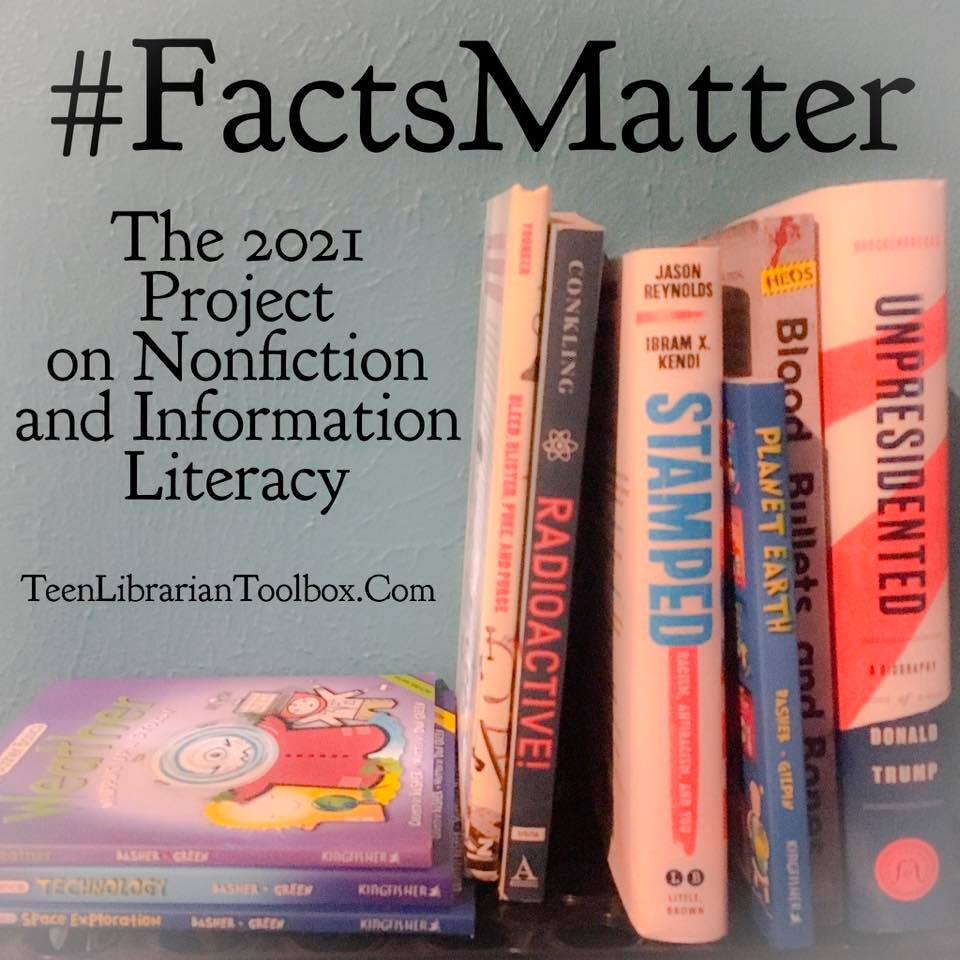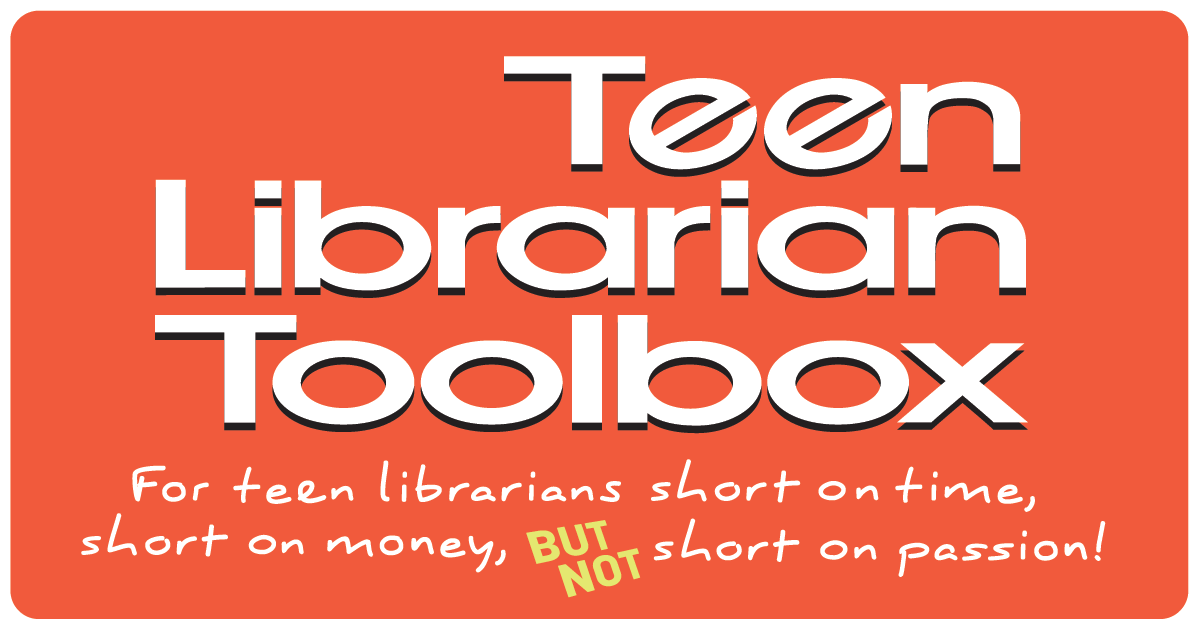Information Literacy Skills in the Digital Citizenship Classroom: Teaching Lateral Reading, a guest post by Jennifer Hanson

How do you teach information literacy skills in a remote class setting? When the pandemic hit last spring, all of my digital citizenship classes suddenly became asynchronous classes. This gave me the opportunity to redesign how I was going to teach information literacy skills in my 8th grade classes. Without the face-to-face interaction, I knew I needed some solid videos to explain evaluating information. I could either make those videos myself or use something that already existed. Through the Library of Congress Teaching with Primary Sources program, I was familiar with the Stanford History Education Group Civic Online Reasoning lessons. I really liked their video from Crash Course with John Green explaining lateral reading.
If you are unfamiliar with lateral reading, the basic concept is to open a new tab or tabs on your device and search for information about a website. Rather than scrolling down a webpage or reading the About Us page, lateral reading provides other sources of information about the website you might be viewing.
ADVERTISEMENT
ADVERTISEMENT
For my asynchronous lesson, I put together a Google Form lesson with a series of videos for my students to watch, asking them evaluate a source for its authenticity using lateral reading, then applying their new lateral reading skills to another video. Because the activity included no interaction with a teacher, students struggled at the end to provide evidence for whether or not this video of a snowboarder being chased by a bear was real or fake. I asked them to watch the video, then read laterally to determine if the video was real or fake and provide evidence of their decision. Of the 39 students who completed the assignment, 15 noted their strategy to read laterally and cited Snopes or National Geographic as their evidence the video was fake. The other students tried to analyze the video itself, determining if the bear looked real and if the girl was bothered by the presence of the bear.
I felt like this lesson had some merit, so when we returned to school in the fall, I modified it a bit. The fact that we now had a Zoom-based synchronous class helped me provide a level of guidance and context that the asynchronous format did not accommodate. In order to practice their lateral reading skills more, I added an activity from the Stanford History Education Group lesson “Intro to Lateral Reading.” After analyzing the snowboarder video as a class and practicing lateral reading to provide evidence of whether the video is real or fake, I ask students to complete an activity about the Odyssey Online website. This activity is more challenging than the snowboarder activity as it asks students to evaluate the reliability of a website that has published an article about the minimum wage.
One challenge students faced immediately with the Odyssey activity was the first question of “who is the sponsoring organization?” Sponsor sounds like advertiser, and lots of ads pop up at the top and on the right side of the page. Students were responding that the sponsoring organization was a variety of advertisers like The New York Times and Starbucks instead of the organization Odyssey. If big names like The New York Times and Starbucks advertise on the site, it must be good, right? This gave me the opportunity to help students understand the difference between sponsor (the owner of a website) and advertisers (other entities who buy space/time in a variety of venues without vetting everything their advertisements are attached to). The second time I taught the lesson, I prefaced the activity with that discussion so that students didn’t get off track from that central question.

In December, I attended Jennifer LaGarde and Darren Hudgins’ ISTE presentation “Evaluating Bias and Truth in the Fake News Era.” One question LaGarde asked during the session was “how do we teach students to read laterally on mobile devices?” Since then, I have added a discussion on reading laterally when we are on Instagram or Snapchat, emphasizing that lateral reading isn’t just done on a laptop or for websites, but for all media we consume.
Teaching remotely, both in an asynchronous and synchronous environment, pushed me to reevaluate how I was teaching information literacy skills with my students. I think the changes to my instruction have been positive overall and have given students stronger evaluation skills. How have you adapted your instruction this past year? What strategies will you keep?
Meet the author

Jennifer Hanson is the Director of Library Services at Worcester Academy and has over a decade of experience teaching information and technology literacy skills. She is also an Educational Consultant for the Library of Congress Teaching with Primary Sources Eastern Region Partner at Waynesburg University and has written for School Library Journal.
Filed under: Uncategorized
About Amanda MacGregor
Amanda MacGregor works in an elementary library, loves dogs, and can be found on Twitter @CiteSomething.
ADVERTISEMENT
ADVERTISEMENT
SLJ Blog Network
Name That LEGO Book Cover! (#53)
Cover Reveal and Q&A: The One and Only Googoosh with Azadeh Westergaard
Exclusive: Vol. 2 of The Weirn Books Is Coming in October | News
Fighting Public School Book Bans with the Civil Rights Act
ADVERTISEMENT







